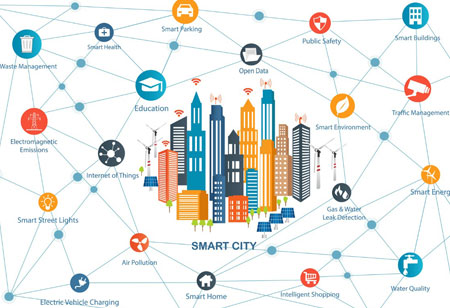THANK YOU FOR SUBSCRIBING
How Cities can Thrive by Focusing on Positive User Experience
It is also crucial to create spaces that are flexible enough to cater to various modes of use including entertainment as well as purely functional purposes.

By
Apac CIOOutlook | Thursday, January 01, 1970
Stay ahead of the industry with exclusive feature stories on the top companies, expert insights and the latest news delivered straight to your inbox. Subscribe today.
In today’s age of smart cities, the new challenges of urban designing revolve around leveraging user experience to not only support urban activities but also inspire, educate, and empower the citizens. The user experience designs also need to foster a shift in values, transitioning the focus from convenience toward the notion of meaning.
For example, informing citizens about their smart city experience and creating awareness about choosing public transport can help create a more empathetic urban population. To assist individuals to derive value from their experience, it is also crucial to create spaces that are flexible enough to cater to various modes of use including entertainment as well as purely functional purposes.
One key aspect that designers need to emphasize is the factors that influence or determine whether the citizens have a positive experience. In fact, architects can significantly impact the decision making of infrastructure developers and lead them to think strategically beyond a single building. Architects also possess the ability to solve complex problems related to infrastructure, transportation, and utilities, which can help create a better holistic vision for the city.
The cities that are among the frontrunners in addressing the critical infrastructure problems are the ones that are on the right track to becoming smart and successful. On the other hand, cities that don’t indulge in long-term thinking for their physical and digital infrastructure along with failing to figure out the user experience will possibly find it difficult to catch up with smart cities.
A fundamental problem that is prevalent in a majority of cities is the human disconnect caused by the intention to allocate two halves of the city to two different groups of people. This shuts down the network as well as opportunities for systems to create, and block the city’s path to success. As a result, cities must focus on bridging this gap by encouraging access to a wide range of people in every neighborhood, which in turn, establishes a connect among communities that have previously been blown apart.
By inspiring individuals to have faith in a shared, sustainable, and diverse future, cities can expedite their journey toward becoming smart and successful.





